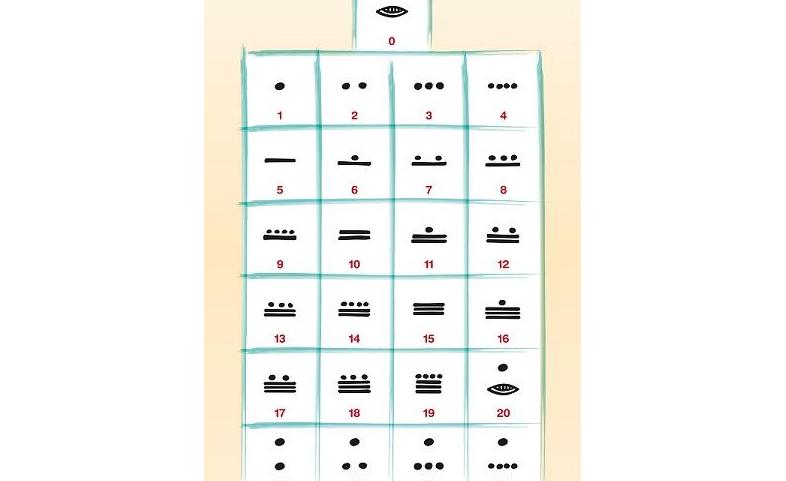
Chicago Schools Launch a Latino Studies Curriculum
Chicago Public Schools has announced the debut of a new interdisciplinary Latino and Latin American Studies curriculum that will be taught to students in kindergarten through 10th grade.

Chicago Public Schools has announced the debut of a new interdisciplinary Latino and Latin American Studies curriculum that will be taught to students in kindergarten through 10th grade.
Chicago Public Schools has announced the debut of a new interdisciplinary Latino and Latin American Studies curriculum that will be taught to students in kindergarten through 10th grade.
The new curriculum includes complete units and lessons across a range of disciplines, Melissa Sanchez reports for Catalyst Chicago.
“The interdisciplinary approach means that kindergartners can learn about the Mayan counting system while they’re learning numbers, and fifth-graders can learn about African influences on South American percussion during music class,” she writes.
In eighth grade, students in CPS will learn about the Bracero Program, which allowed Mexicans to seek temporary work in the United States to fill labor shortages between 1942 and 1964.
“For far too long (Latinos’) ancestral story was relegated to the back pages of our history books. The history of Chicago cannot be written without celebrating the contributions of immigrants from Central America, South America and the Caribbean,” CPS CEO Barbara Byrd-Bennett said in a district news release. “Their triumph over ignorance, prejudice and discrimination is the quintessential American story – and finally that story will be told in every grade and in every school across CPS.”
With a growing Hispanic population in the district – 45.6 percent of students and 18.6 percent of staff are Hispanic, according to the Chicago Public Schools website — district leaders realize the importance of incorporating the study of Latino history and culture into its core curriculum.
Research has shown students benefit from a culturally relevant education, with Mexican-American students’ chances of graduating high school increasing nearly 10 percent after participating in a Mexican-American studies course. A University of North Carolina study found teens who maintain strong ties to their Latino culture perform better academically and adjust more easily socially.
This isn’t the first move out of CPS to make its curriculum more relevant to its student population. Last year, CPS released and copyrighted an African and African American studies curriculum that is now being piloted in schools. Both curricula emphasize “universal themes of culture, dignity and identity,” according to Sanchez’s article.
While many are commending the new curriculum, some still say it’s not enough.
Ray Salazar, author of the blog “The White Rhino: A Chicago Latino English Teacher,” wrote his initial opinions about the roll-out on March 5. ”While I respect the efforts of the curriculum creators, the curriculum is basic — too basic for what we know about teaching and learning in the 21st century,” he writes. “The curriculum strikes me as a neutralized, politically correct attempt to explore the complexity of Latino and Latin American Studies. This is quite ironic when so much of Latino and Latin American Studies is about insurrection and demand for change.”
The curriculum — which is aligned with the Common Core State Standards and was developed with English-language learners in mind — was created by CPS officials and teachers with the guidance of the district’s Latino Advisory Committee. Development started in November 2013, according to the news release.
Teachers can access the lessons from an internal district website and start implementing them this year. The district will start training teachers in the new curriculum this spring and summer.
Your post will be on the website shortly.
We will get back to you shortly